Historical eras that fell apart after a leader’s death
The annals of history are peppered with tales of mighty empires crumbling following the demise of their charismatic leaders. It’s almost as if the very core of these civilizations was intertwined with their leader’s heartbeat.
Empires that once shone brightly on the world stage often found themselves dimming when leadership faltered or vanished. Let’s take a lighthearted yet insightful journey through history to explore how the end of a leader’s reign often signaled the end of an era.
The Fall of the Macedonian Empire: Alexander the Great’s Untimely Departure
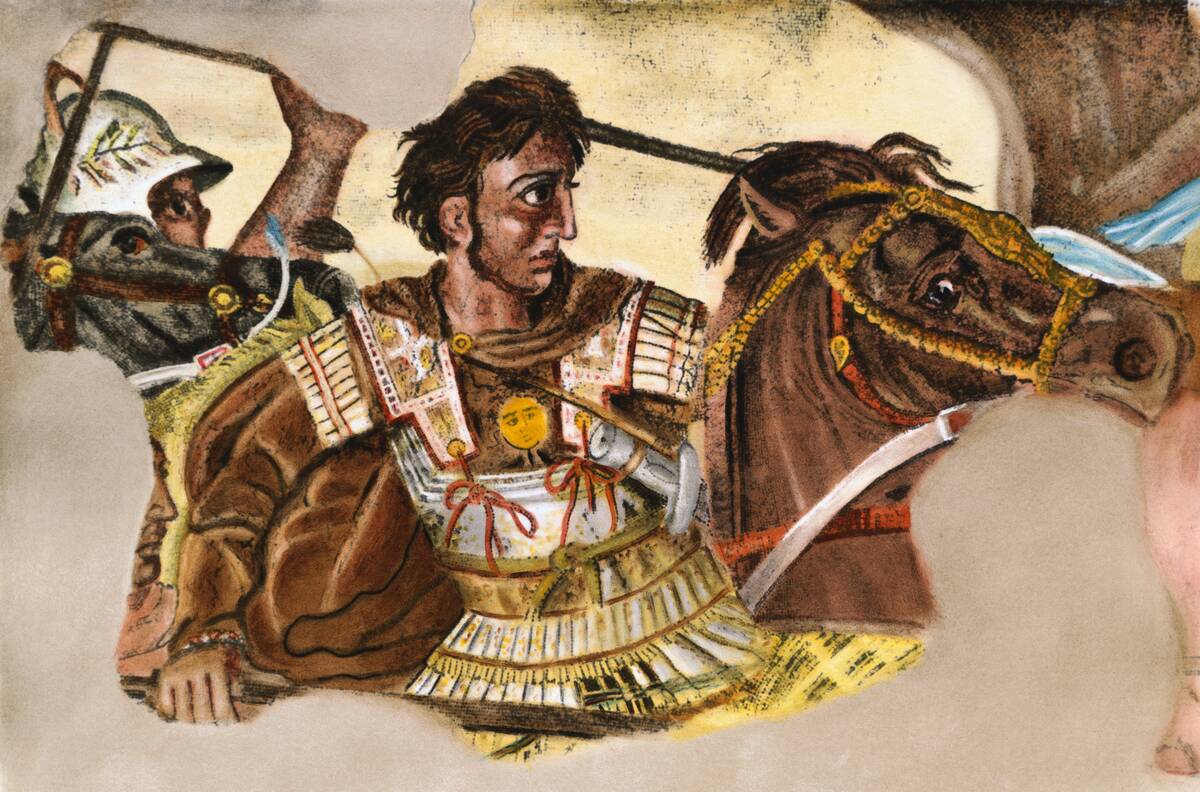
Alexander the Great’s departure from this world in 323 BC was as dramatic as his life. With his sudden death at the young age of 32, the Macedonian Empire lost its guiding star. The empire, which stretched from Greece to Egypt and as far east as India, was left leaderless.
What followed was a power struggle among his generals, known as the Diadochi, who carved the empire into separate territories. This fragmentation marked the beginning of the end for the once-unified empire.
The Roman Republic’s Transition: Julius Caesar’s Assassination
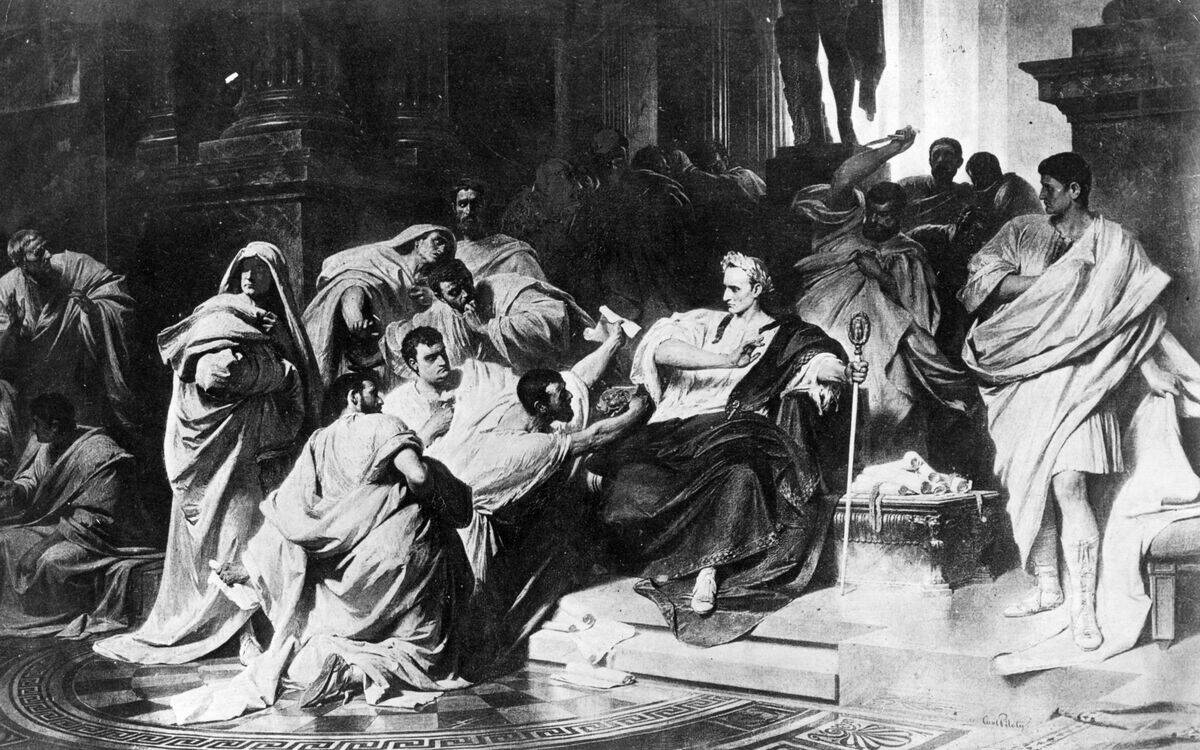
The Ides of March in 44 BC is infamous for the assassination of Julius Caesar, a pivotal event that sent shockwaves through Rome. Caesar’s death was the catalyst that transformed the Roman Republic into the Roman Empire.
His murder by political rivals, fearing his growing power, led to a series of civil wars. Eventually, his adopted heir, Octavian, rose to power as Augustus, marking the end of the Republic and the dawn of the Empire, a period of Roman history that would last for centuries.
The Decline of the Mongol Empire: Genghis Khan’s Legacy Unraveled

Genghis Khan, the legendary Mongol leader, left behind an empire that stretched from Europe to Asia after his death in 1227. His innovative military strategies and unifying vision created the largest contiguous empire in history.
However, the cohesion of the Mongol Empire began to unravel soon after his passing. His successors struggled to maintain control over the vast territories, leading to internal divisions and the eventual fragmentation of the empire into smaller khanates.
The Carolingian Empire’s Fragmentation: Charlemagne’s Passing
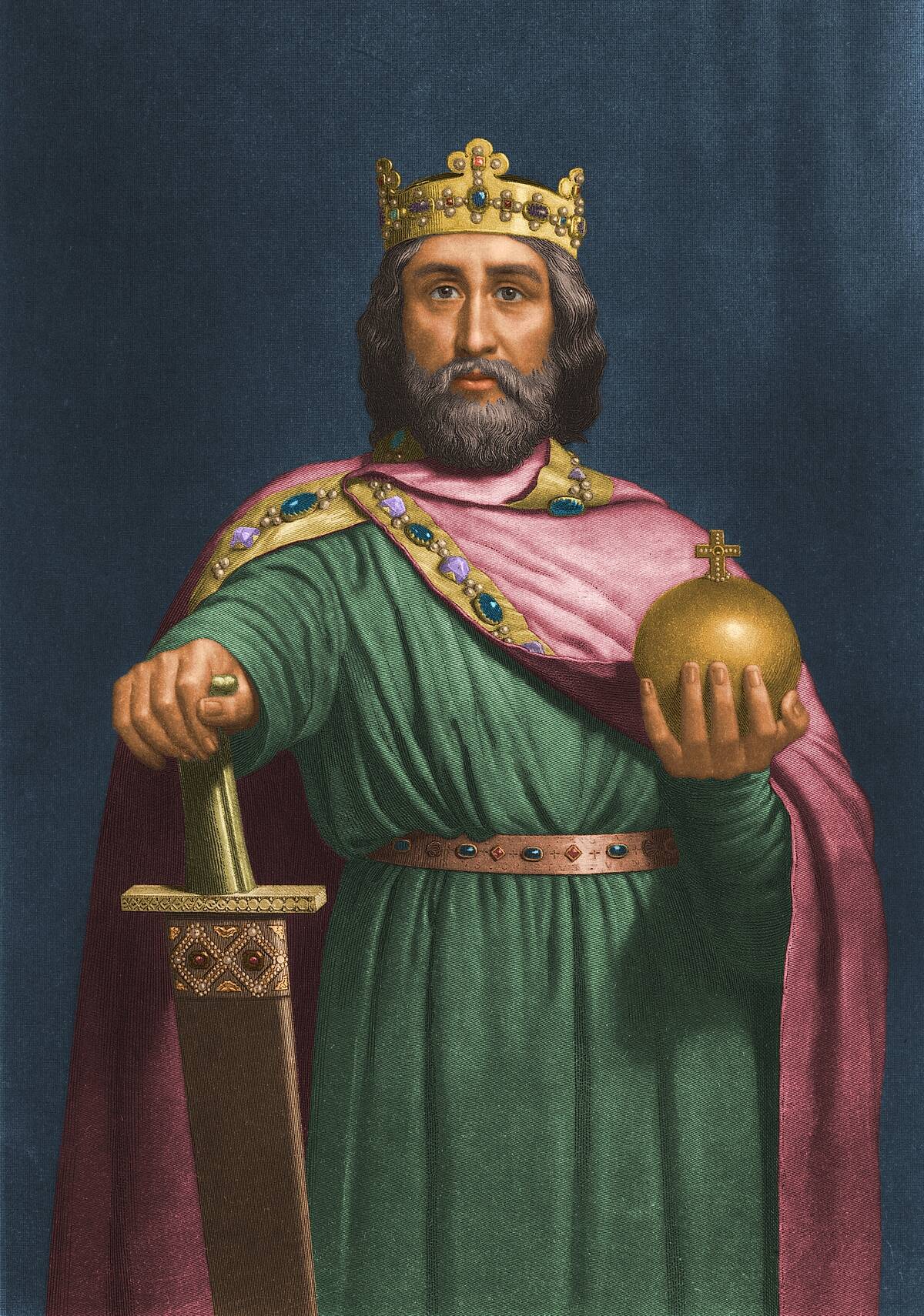
Charlemagne, crowned Emperor of the Romans in 800 AD, was a towering figure in European history. His death in 814 led to the gradual decay of the Carolingian Empire, which he had expanded significantly.
The famous Treaty of Verdun in 843 divided the empire among his grandsons, leading to a fragmented Europe. This division laid the groundwork for the modern nations of France and Germany, showing how the death of one leader can shape the continent’s history for centuries.
The Downfall of the Aztec Empire: Moctezuma II’s Demise
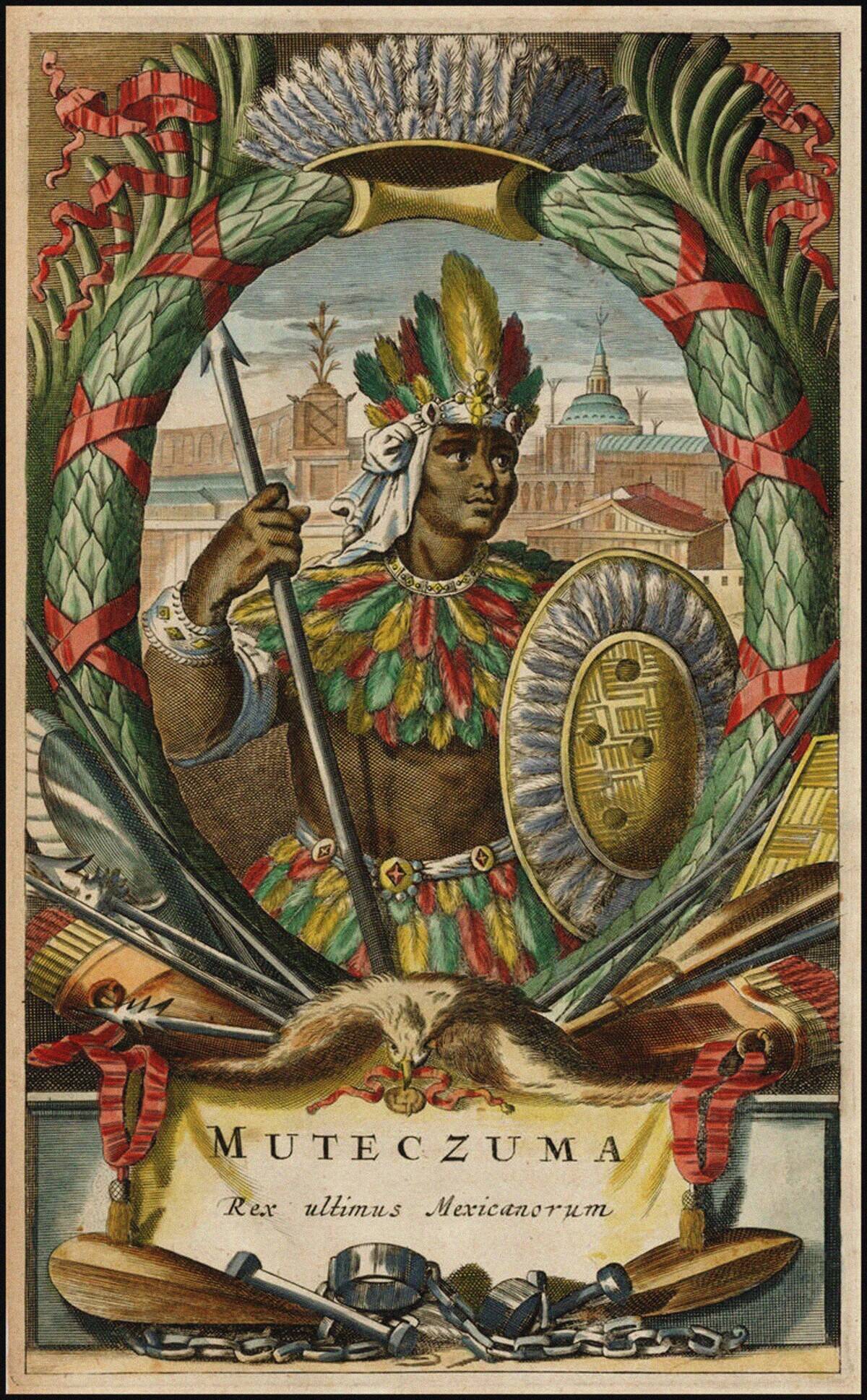
Moctezuma II, the ninth ruler of Tenochtitlán, faced the formidable Spanish conquistadors led by Hernán Cortés. His death in 1520, amidst the chaos of the Spanish conquest, marked a significant turning point for the Aztec Empire.
The Aztecs, who had once dominated central Mexico, found themselves overwhelmed by superior Spanish weaponry and disease. Within a year of Moctezuma’s death, the mighty Aztec Empire had fallen, forever altering the course of history in the Americas.
The Collapse of the Spanish Habsburg Dynasty: Charles II Dies Without Heirs
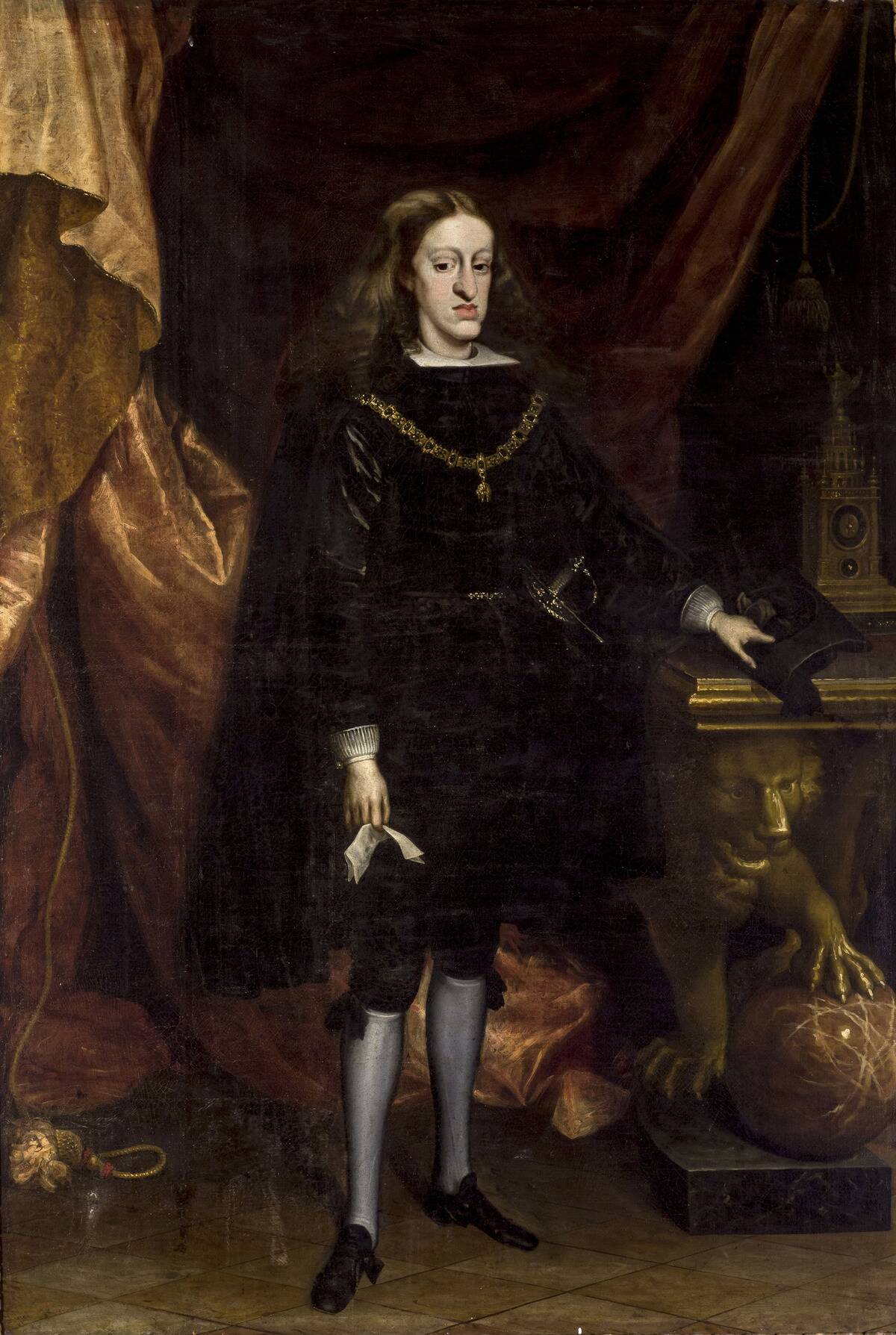
The death of Charles II of Spain in 1700 without a direct heir plunged Europe into the War of the Spanish Succession. His passing marked the end of the Spanish Habsburg dynasty, which had ruled for nearly two centuries.
The power vacuum led to a struggle among Europe’s great powers to control Spain, altering the balance of power on the continent. The war concluded with the Treaty of Utrecht in 1713, redistributing territories among the victors and reshaping European politics while keeping Spain independent.
The Disintegration of the Timurid Empire: Timur’s Death and Its Aftermath
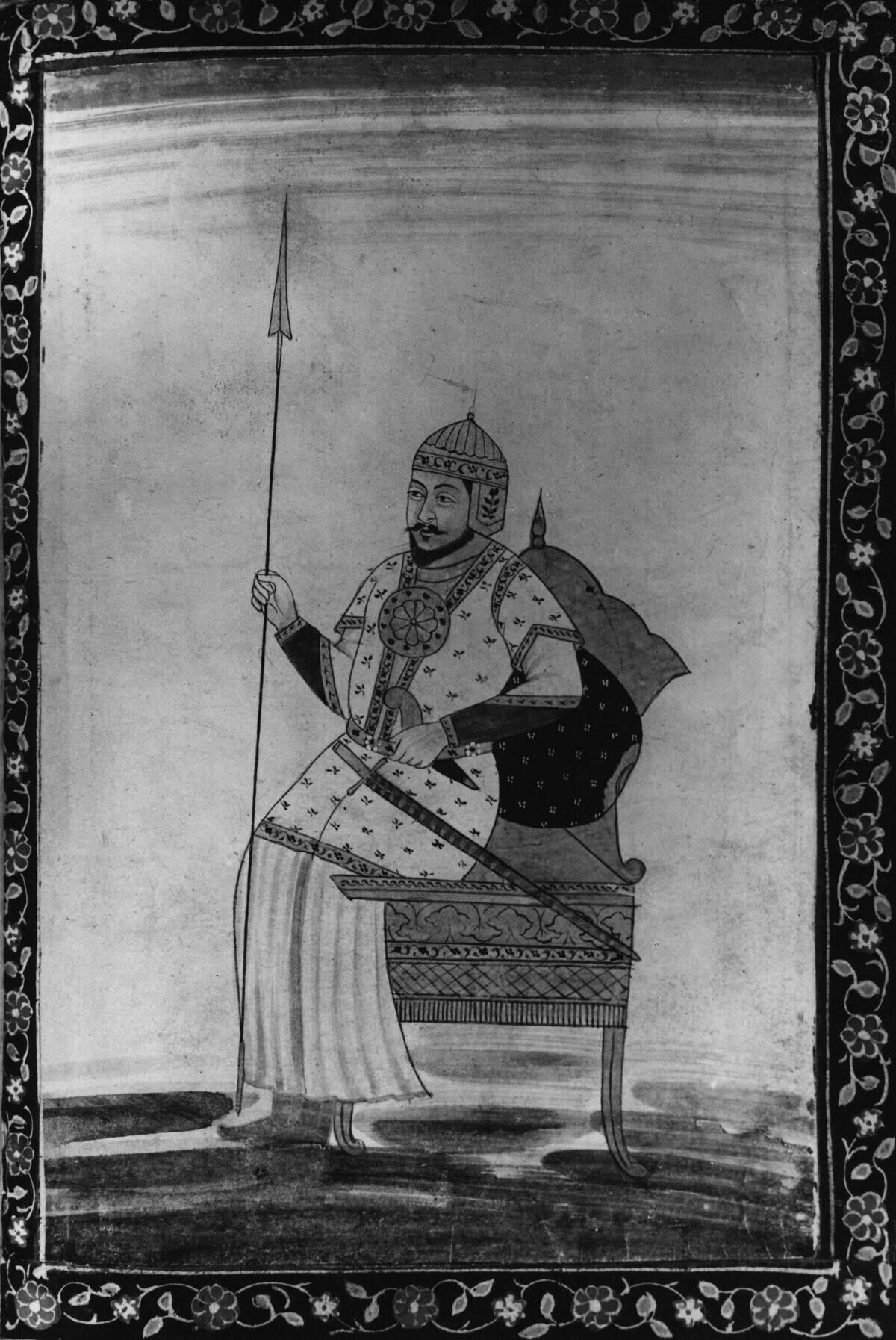
Timur, also known as Tamerlane, established a vast empire in the late 14th century, encompassing parts of modern-day Iran, Central Asia, and the Indian subcontinent. His death in 1405 led to the rapid disintegration of the empire he had painstakingly built.
Without his strong leadership, the Timurid Empire fractured as his descendants squabbled over territories. The cultural and architectural legacy of Timur’s reign, however, remains visible in the majestic structures he commissioned, like the famed Gur-i Amir mausoleum in Samarkand.
The Fall of the Mughal Empire: Aurangzeb’s Death and the Empire’s Decline

Aurangzeb’s reign from 1658 to 1707 marked the peak of the Mughal Empire’s territorial expansion. His death, however, ushered in a period of decline. The empire struggled with internal rebellions and external invasions, as Aurangzeb’s successors failed to maintain control.
The once-mighty empire fragmented into smaller kingdoms, eventually falling under British colonial rule in the 19th century. Aurangzeb’s death signaled the end of an era for the Mughals, with lasting implications for the Indian subcontinent.
The End of the Mali Empire’s Prosperity: Mansa Musa’s Legacy Fades
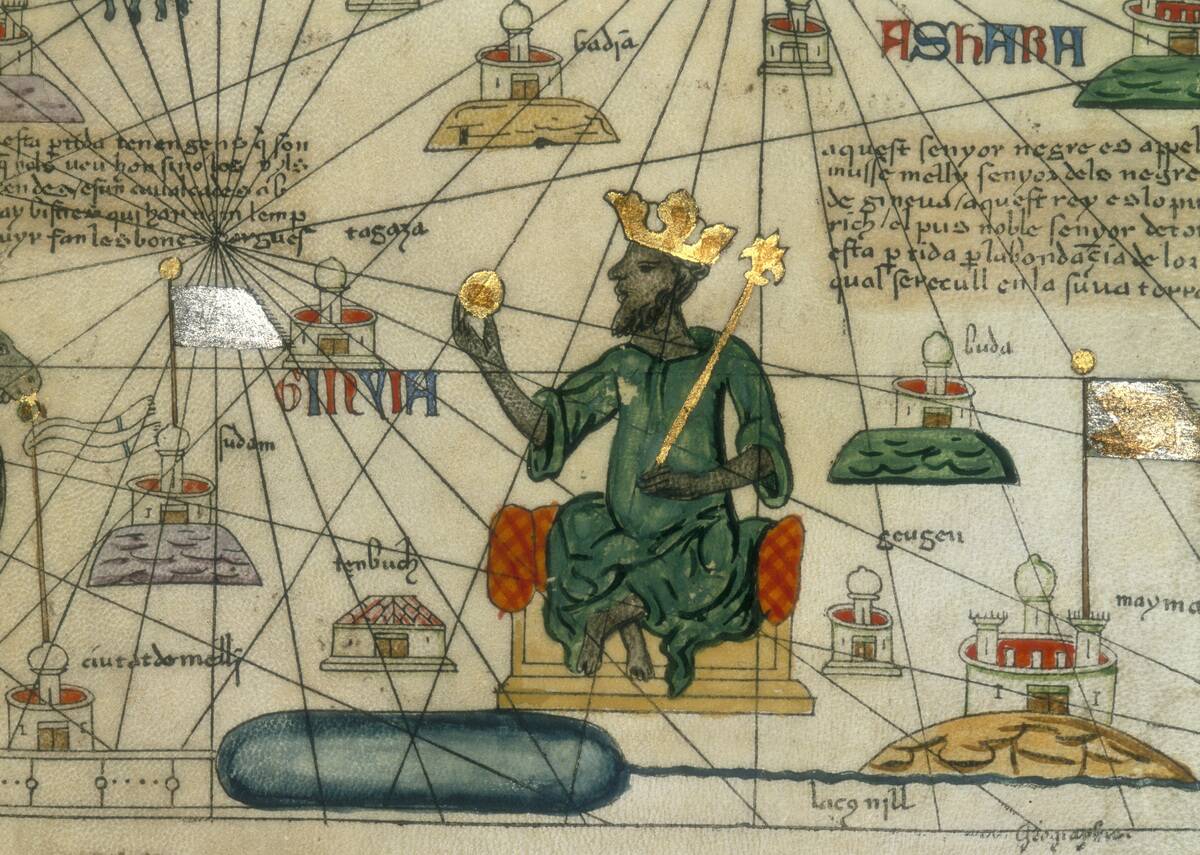
Mansa Musa, renowned for his legendary wealth and pilgrimage to Mecca, ruled the Mali Empire at its zenith in the 14th century. Although his uncle Sulayman was able to keep Mali prosperous following his death, the empire began to decline as internal strife and external pressures mounted after Sulayman’s death.
The once-prosperous trading hubs, like Timbuktu, were lost to the Songhai Empire. Mansa Musa’s legacy, however, continues to captivate imaginations, reminding us of the grandeur of the Mali Empire during his reign and its eventual fade into the annals of history.
The Decline of the Byzantine Empire: The Death of Basil II
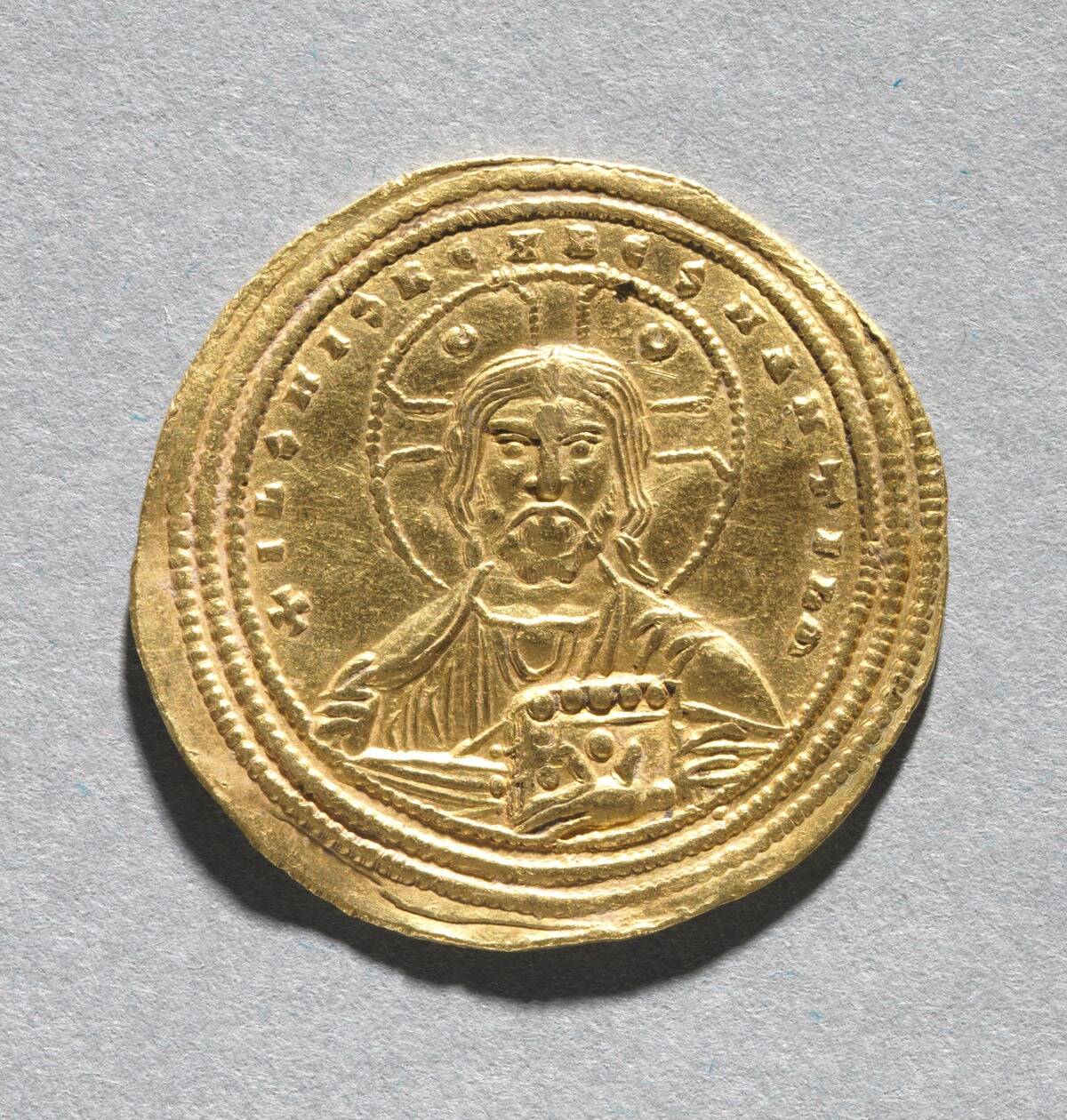
Basil II, known as the Bulgar Slayer, reigned as Byzantine Emperor from 976 to 1025, achieving great military successes and expanding the empire’s borders. His death, however, marked the beginning of the Byzantine Empire’s slow decline.
Successive emperors struggled to maintain Basil’s achievements, and internal strife further weakened the empire. Over the next few centuries, the Byzantines faced mounting external threats, culminating in the fall of Constantinople in 1453, ending the once-mighty Eastern Roman Empire.
The Fragmentation of the Austro-Hungarian Empire: Franz Joseph’s Final Chapter
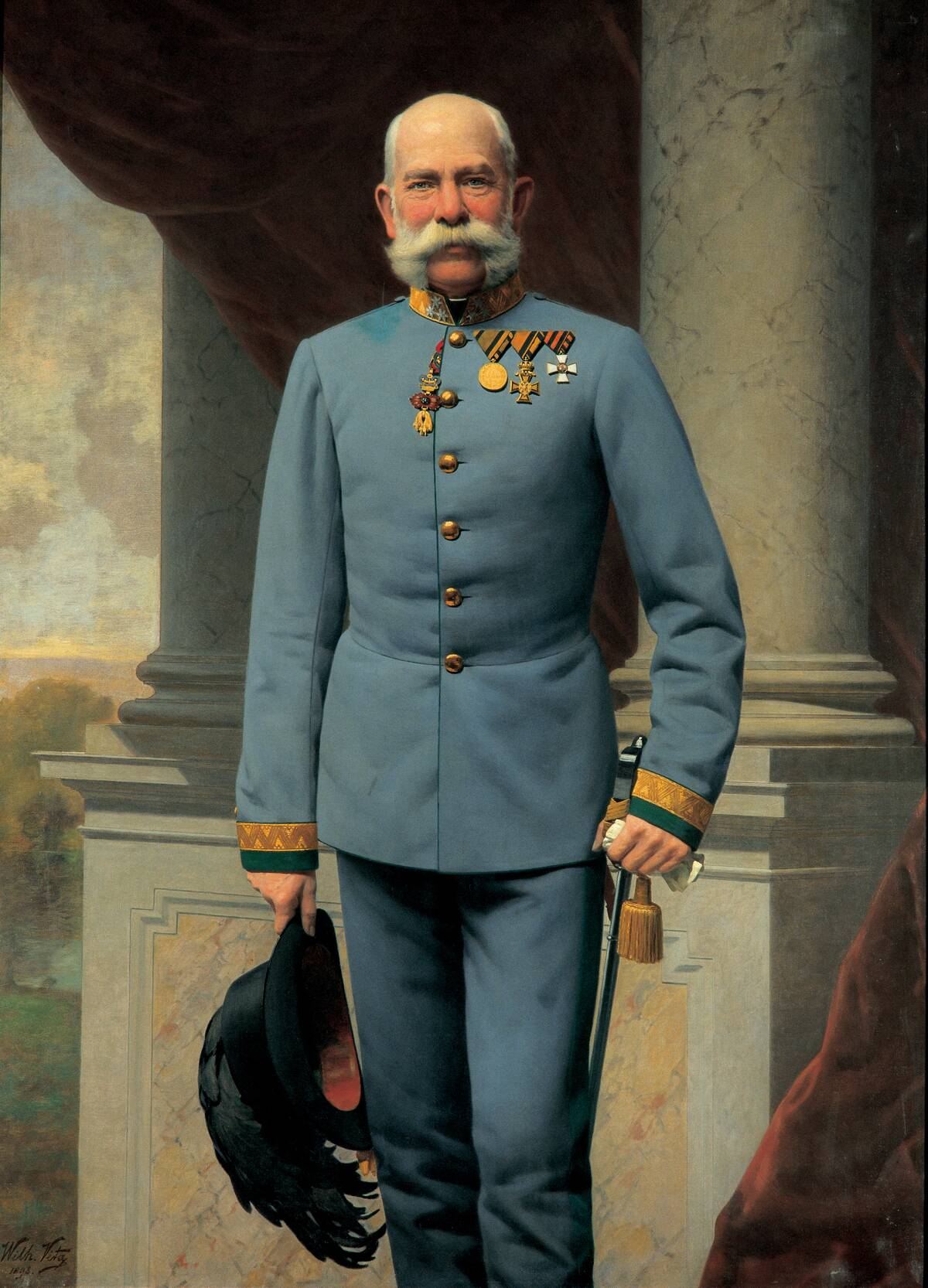
The long reign of Emperor Franz Joseph I, from 1848 to 1916, was a pivotal era for the Austro-Hungarian Empire. His death during World War I coincided with the empire’s unraveling.
Nationalist movements and military defeats strained the empire’s cohesion, leading to its dissolution in 1918. The fall of the Austro-Hungarian Empire reshaped Central Europe, giving rise to new nations and altering the geopolitical landscape. Franz Joseph’s passing symbolized the end of a significant chapter in European history.
The End of the Russian Empire: Nicholas II and the Fall of the Romanovs
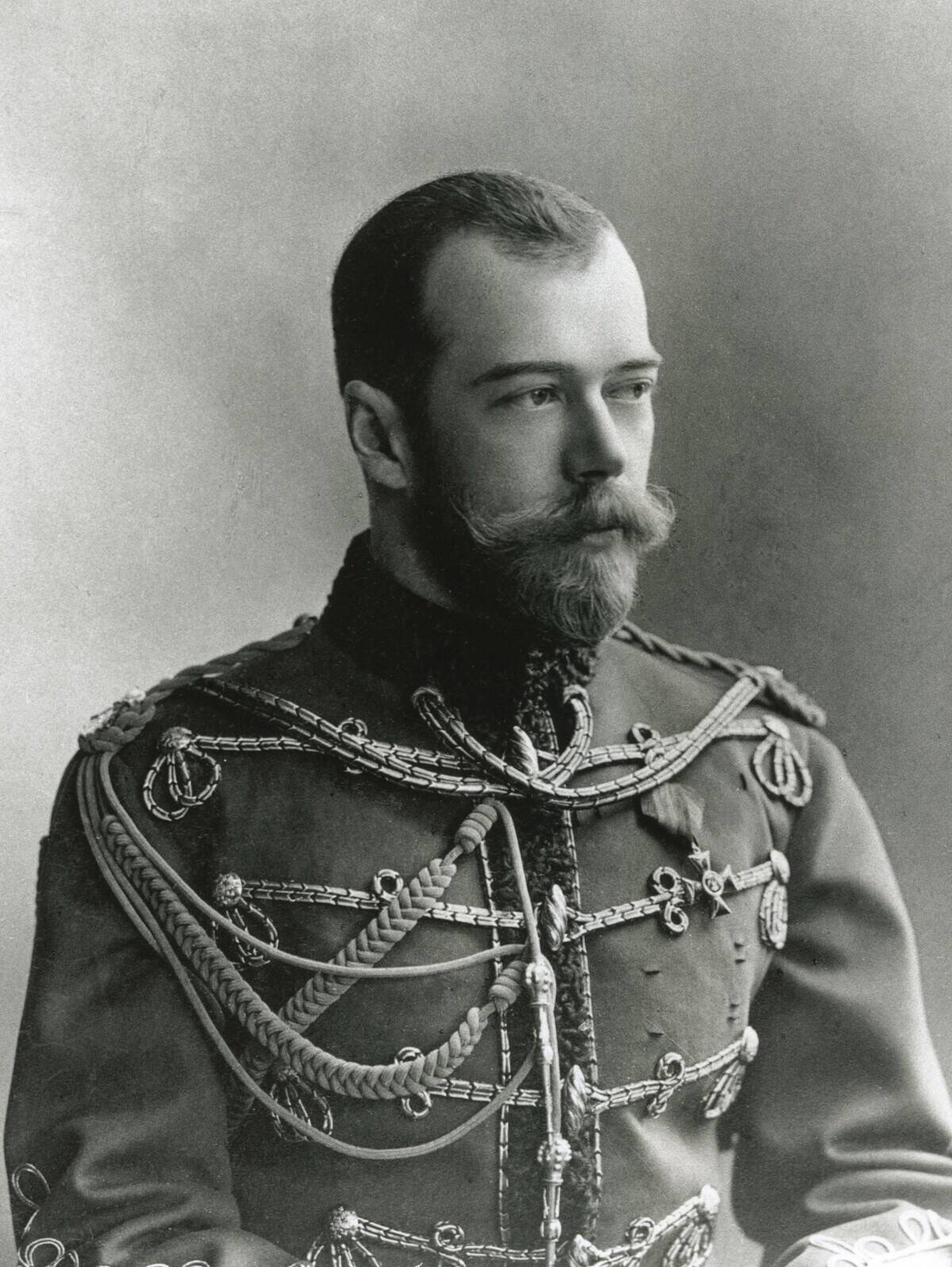
Nicholas II, the last Tsar of Russia, faced immense challenges during his reign, culminating in the Russian Revolution of 1917. His abdication and subsequent execution by the Bolsheviks marked the end of the Romanov dynasty, which had ruled for over 300 years.
The fall of the Russian Empire led to the rise of the Soviet Union, radically transforming the political landscape. Nicholas II’s downfall remains a poignant reminder of the fragile nature of empires and the tides of change in history.
The Disbandment of the Yuan Dynasty: Kublai Khan’s Passing
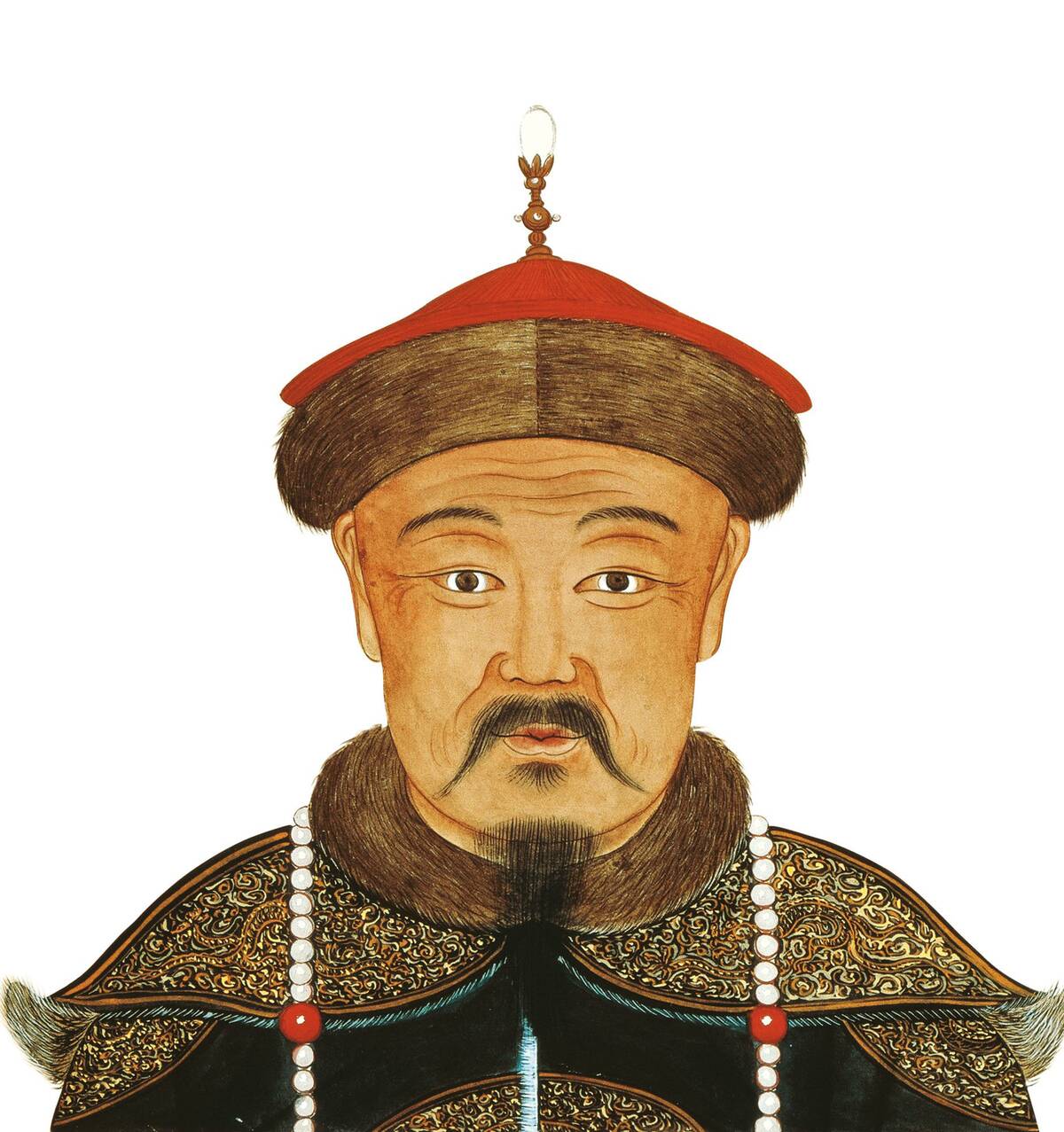
Kublai Khan, the founder of the Yuan Dynasty in China, was a key figure in the Mongol Empire’s expansion into Asia. His death in 1294 left a vacuum that his successors struggled to fill.
The dynasty faced internal strife and external pressures, leading to its eventual downfall in 1368. The Ming Dynasty rose from the ashes of the Yuan, ushering in a new era for China. Kublai Khan’s legacy, however, endures in the tales of his grand empire and its remarkable achievements.
The Aftermath of Qin Shi Huang’s Death: The Qin Dynasty’s Rapid Collapse
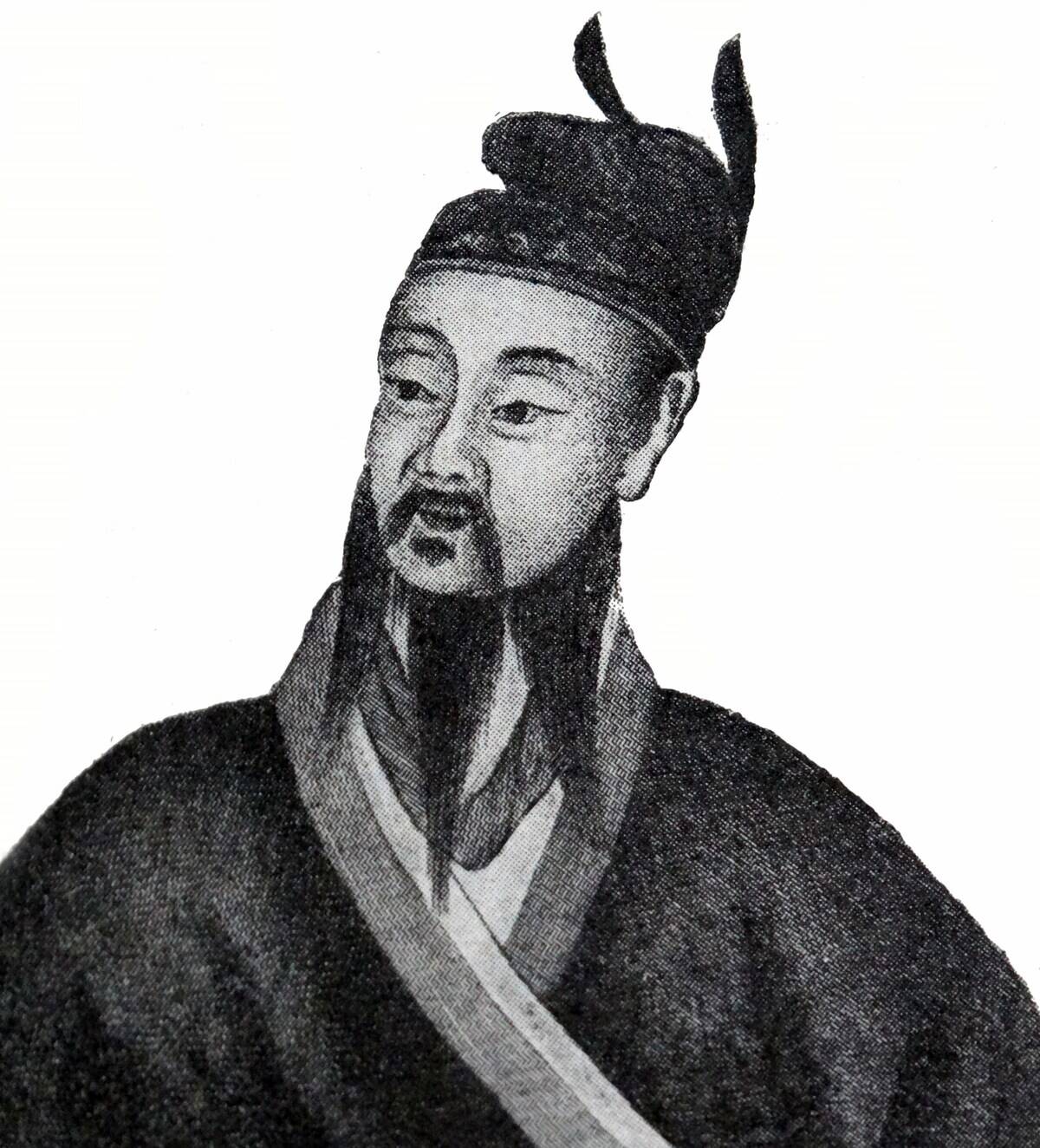
Qin Shi Huang, the first Emperor of China, is famed for unifying the country and commissioning the Great Wall. His death in 210 BC triggered a swift collapse of the Qin Dynasty. Power struggles among his heirs and widespread rebellion undermined the young empire.
Within a few years, the Han Dynasty emerged, marking a new chapter in Chinese history. Qin Shi Huang’s legacy, however, lives on through his monumental achievements and the terracotta warriors guarding his tomb.



